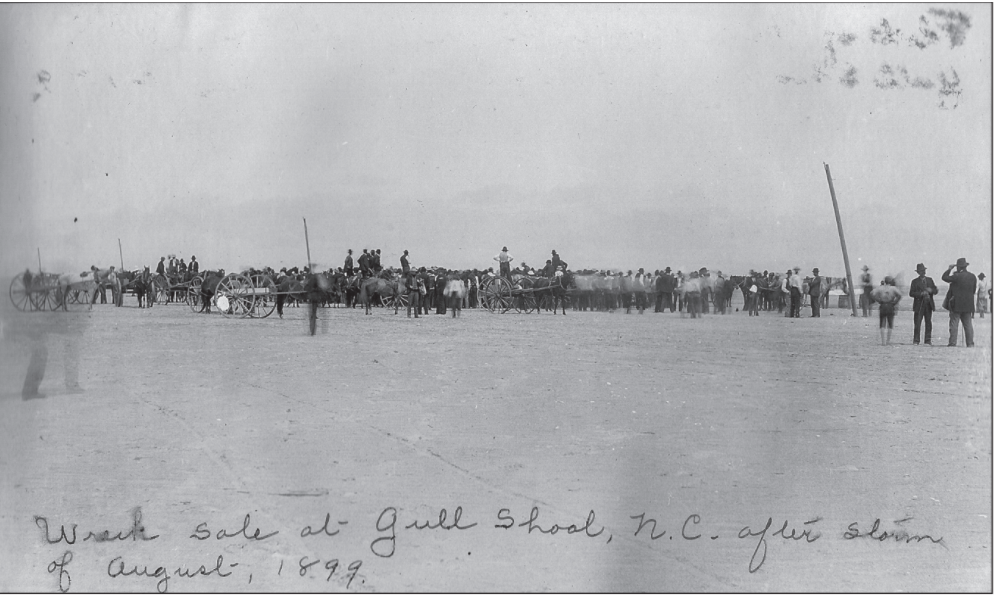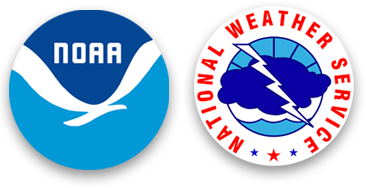Standing the Test of Time: The National Weather Service in North Carolina - National Weather Service Heritage

Standing the Test of Time: The National Weather Service in North Carolina
By Emily Senesac (emily.senesac@noaa.gov)When a national weather service under the U.S. Army Signal Service was organized in 1870, North Carolina was a critical contributor and beneficiary of the new service due to its coastline location and the presence of active maritime shipping ports. As the National Weather Service slowly evolved from the small network to the wide-reaching agency it is today, North Carolina has remained there every step of the way, according to an article published in the April 2020 issue of the North Carolina Historical Review.
In “From the Telegraph to Doppler Radar: Communications, Technology, and the National Weather Service in North Carolina”, author Thomas C. Jepsen captures many of the unique moments in the NWS’ long-standing relationship with the state.
For example, among the original weather reporting stations in the United States, the Wilmington, North Carolina station opened and began issuing weather reports on January 1, 1871, just under a year after the service was established. In addition to reporting weather observations on land, the NC weather stations had the ability to provide aid to ships that had been stranded or endangered by storms.
The coast of North Carolina also served another important purpose -- a place to test and implement new communications technologies. Due to hazardous coastal weather in the Outer Banks, some of the first iron telegraph lines were installed to prevent disruption in the face of storms. Seen as a critical development for ship-to-shore communication, early experiments for wireless telegraphy took place on the Carolina coast.
From telegraphs all the way up to the development of Doppler Radar and beyond, follow the story of the National Weather Service in North Carolina here.
Additional Reading
